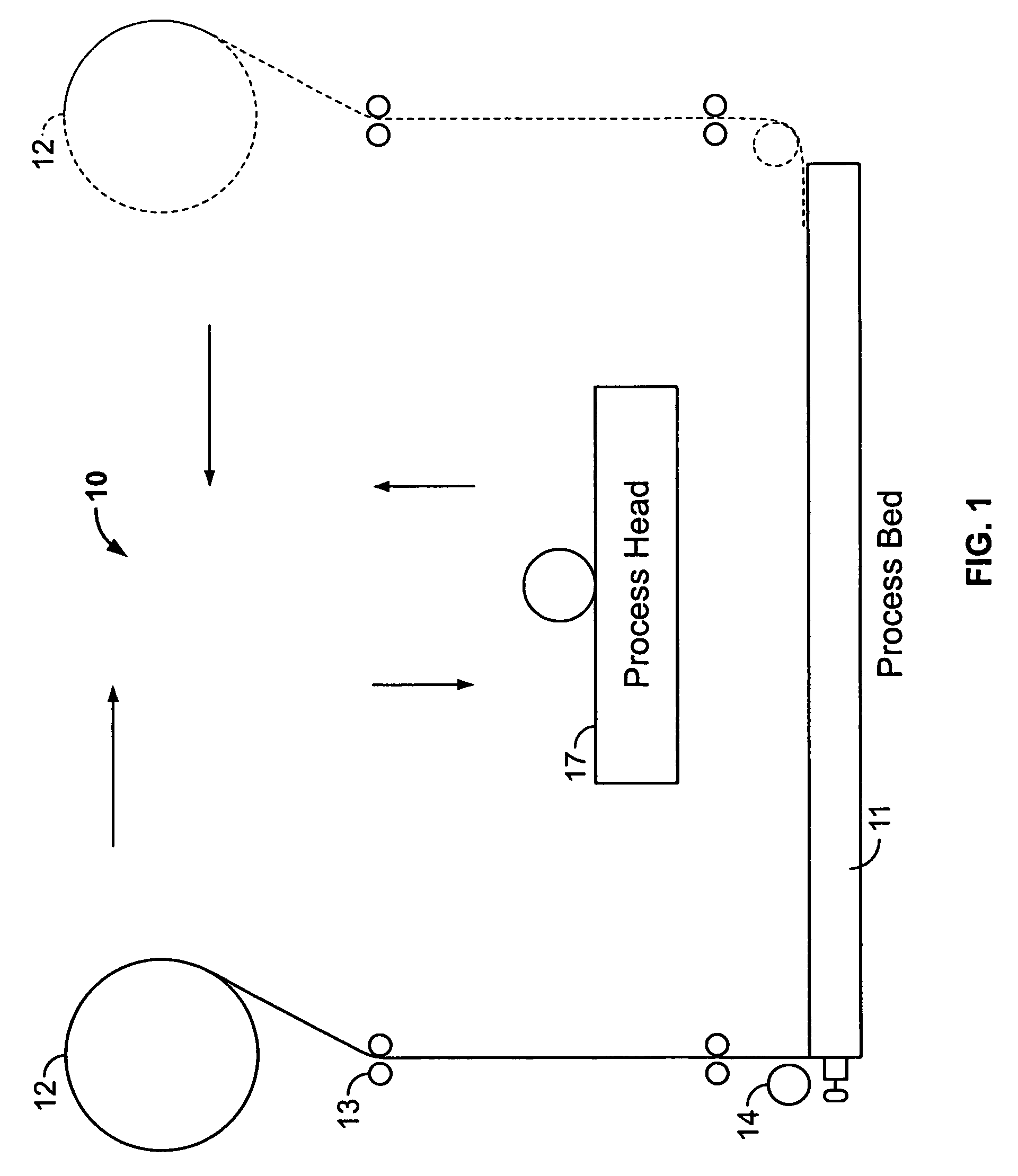Application of photocurable pre-ceramic polymers
a preceramic polymer and photocurable technology, applied in the field of photocurable preceramic polymers, can solve the problems of difficult processing of non-melting ceramics, difficult to achieve and difficult to achieve the effect of all these goals at the same tim
- Summary
- Abstract
- Description
- Claims
- Application Information
AI Technical Summary
Problems solved by technology
Method used
Image
Examples
example 1
[0045]
AmountCategoryCompound(grams)PolymerAllylhydridopolycarbosilane (5%2.0allyl groups)CatalystBenzoil Peroxide0.02Photoiniti-Ciba-Geigy's Irgacure 18000.02ator 1Photoiniti-NoneNoneator 2
example 2
[0046]
AmountCategoryCompound(grams)PolymerAllylhydridopolycarbosilane (5%2.0allyl groups)CatalystBenzoil Peroxide0.02Photoiniti-Ciba-Geigy's Irgacure 18000.02ator 1RTN,N-dihydroxyparatoluidine0.02initiator
example 3
[0047]
AmountCategoryCompound(grams)PolymerAllylhydridopolycarbosilane (5%2.0allyl groups)CatalystBenzoil Peroxide0.02Photoiniti-Ciba-Geigy's Irgacure 18000.01ator 1Photoiniti-noneNoneator 2
PUM
| Property | Measurement | Unit |
|---|---|---|
| temperatures | aaaaa | aaaaa |
| temperatures | aaaaa | aaaaa |
| porosity | aaaaa | aaaaa |
Abstract
Description
Claims
Application Information
 Login to View More
Login to View More - R&D
- Intellectual Property
- Life Sciences
- Materials
- Tech Scout
- Unparalleled Data Quality
- Higher Quality Content
- 60% Fewer Hallucinations
Browse by: Latest US Patents, China's latest patents, Technical Efficacy Thesaurus, Application Domain, Technology Topic, Popular Technical Reports.
© 2025 PatSnap. All rights reserved.Legal|Privacy policy|Modern Slavery Act Transparency Statement|Sitemap|About US| Contact US: help@patsnap.com



